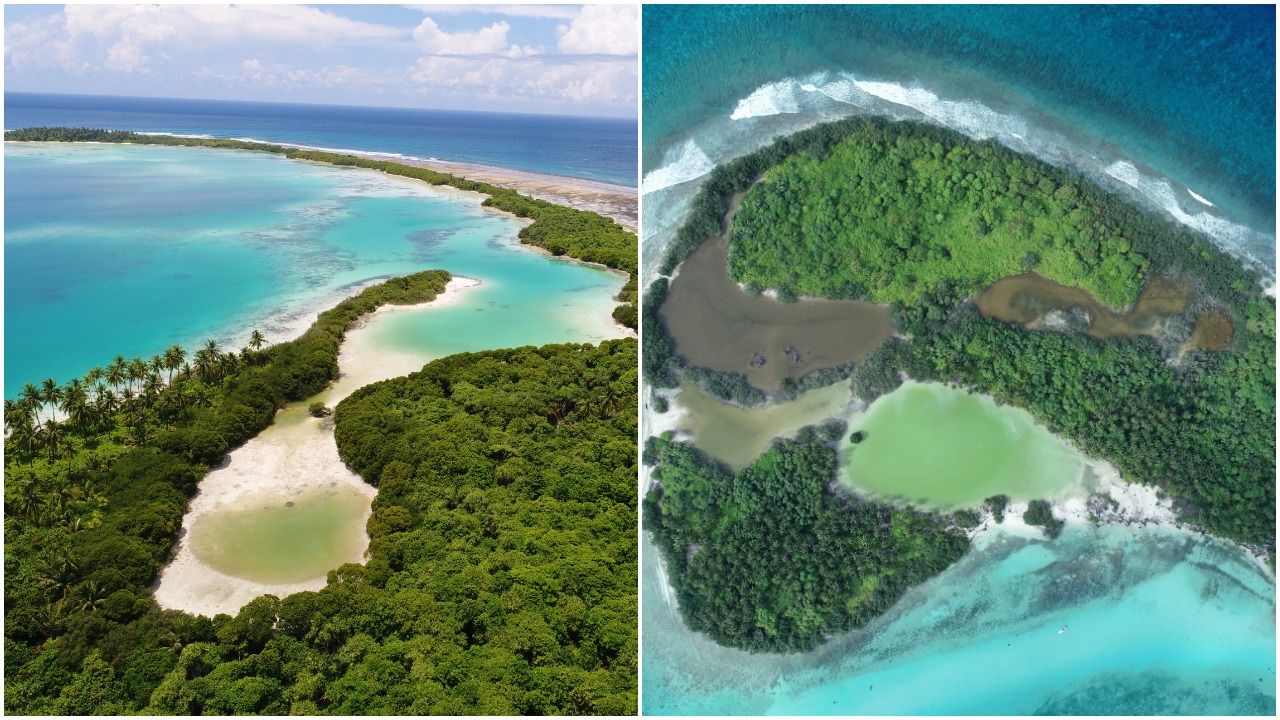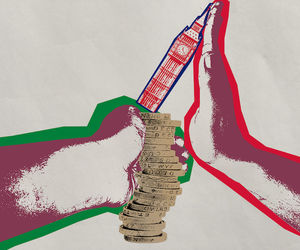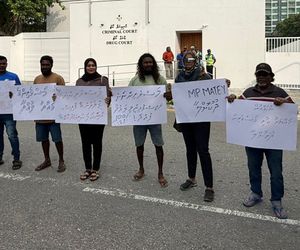Environment ministry declares three new protected areas
The three biodiversity hotspots include popular dive sites and unique wetlands.

09 Oct 2018, 9:00 AM
The environment ministry announced Monday the protection of three biodiversity hotspots in the Maldives.
The Rasdhoo-Madivaru area in the central Alif Alif atoll, which encompasses three sandbanks and four islands, is a popular dive-site notable for sightings of hammerhead sharks throughout the year.
The Farukolhu island in the northern Shaviyani atoll has seven different mangroves or wetlands. Dhigulabaadho, a U-shaped island in the southern Gaaf Dhaal atoll, has a natural breeding ground for rays and sharks as well as an extensive mangrove system.
Fishing, sand mining, removal of stones, collecting shells and littering are banned in protected areas. Bait fishing and shallow trolling outside of the core zones are allowed, as well as swimming, snorkelling, diving and picnics.
Become a member
Get full access to our archive and personalise your experience.
Already a member?
Discussion
No comments yet. Be the first to share your thoughts!
No comments yet. Be the first to join the conversation!
Join the Conversation
Sign in to share your thoughts under an alias and take part in the discussion. Independent journalism thrives on open, respectful debate — your voice matters.




